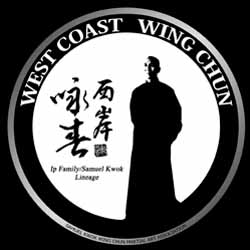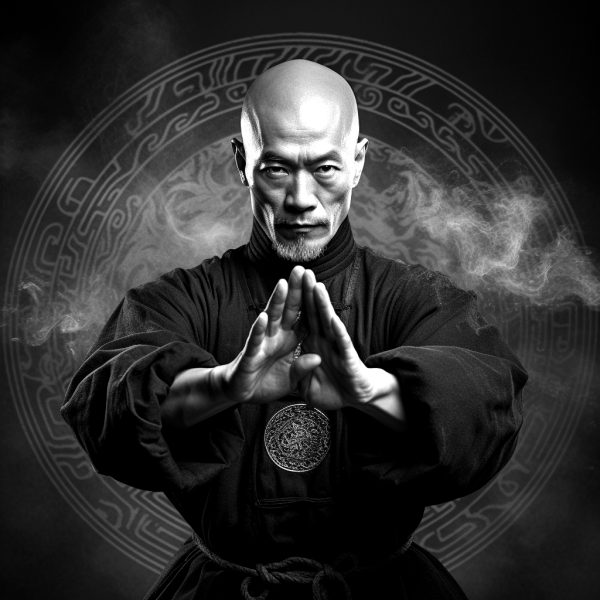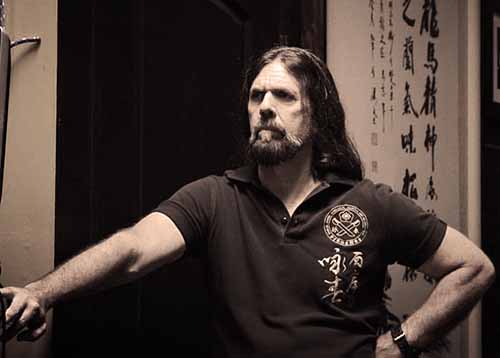Martial Arts: System vs. Style
Martial arts is a diverse and complex field, encompassing various practices and traditions from around the world. One aspect that often leads to confusion is the differentiation between a system and a style. In this article, we will delve into the world of martial arts, focusing on Wing Chun, to understand the distinctions between these terms and how they relate to each other.
A Closer Look at Wing Chun
What is a Martial Art System?
A martial art system is a concept-based framework that provides an organized structure of principles, techniques, and strategies for a specific style of martial art. It provides a roadmap for practitioners to follow, helping them to develop their skills and knowledge required for proficiency. A system encompasses many training methods, philosophical concepts, and practical applications, which guide the practice of martial arts.
Wing Chun is considered a system, providing a complete set of techniques, principles, and training methods that are interconnected and seamlessly work together. It emphasizes economy of motion, efficiency, and simplicity, with an emphasis on close-range combat, rapid strikes, and trapping techniques, making it suitable for battling both offensively and defensively.
Defining a Martial Art Style
A martial art style is technique-based that emphasizes a specific aspect of the martial art. A style is characterized by its unique techniques, forms, footwork, training rituals, and overall philosophy. It embodies the distinctive qualities and characteristics that differentiate it from other styles within the same system.
For instance, within the Wing Chun system, there are different lineages, each with its own interpretations, variations, and training methods. Some popular Wing Chun lineages include the Ip Man lineage, the Wong Shun Leung lineage and the Yuen Kay Shan lineage, among others. Each of these lineages emphasizes different aspects of Wing Chun’s overall technique-based style, such as timing, footwork, or combat strategies, resulting in variations of execution and training methodologies.
How Can This Information Help Practitioners?
Understanding the distinction between martial art systems and styles is vital for martial arts practitioners. The mastery of a martial art system is only possible when the fundamentals of that system are understood and applied correctly. A martial art style, which is technique-based, is essential in building upon those fundamental principles, allowing practitioners to develop their expressions within the framework of the system.
Moreover, by understanding this difference, a martial artist can explore the nuances and intricacies within their chosen art. It would be a helpful guide for martial artists to develop and perfect their personal approach to the art. Ultimately, it is about using a style to improve training and incorporate one’s personal interpretation and expression while maintaining the integrity of the martial arts system the style originates from.
Understanding the difference between a martial art system and a style is essential to the development of martial arts practitioners. The system provides a comprehensive framework, which styles build upon. It allows the practitioner to build upon the fundamentals they have learned with their unique interpretation of the technique-based style. With this understanding, practitioners can explore their nuances and intricacies with their goals to become excellent practitioners and contributing to the ever-evolving landscape of martial arts.




